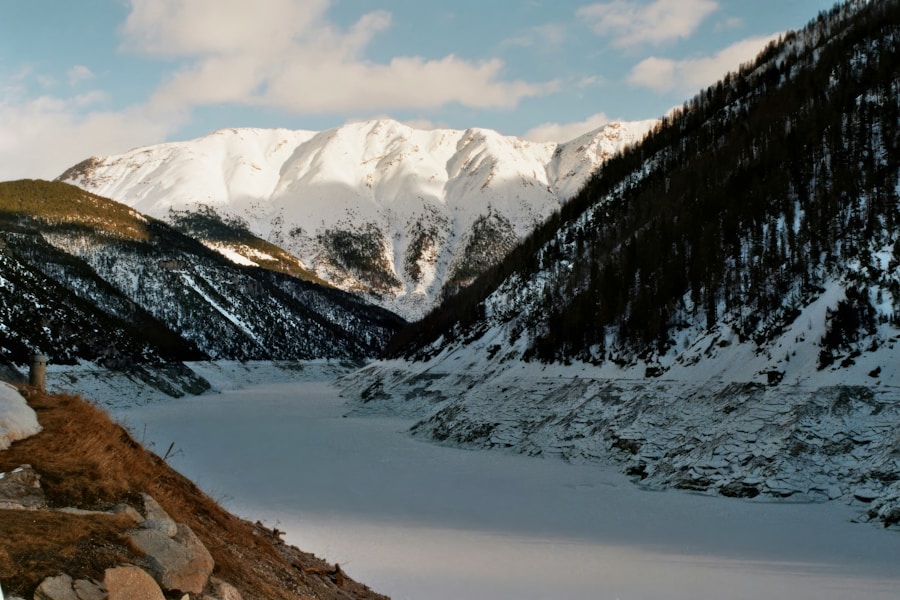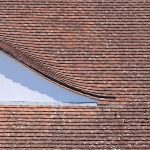
Snow and ice dams are a common problem for homeowners in colder climates during the winter months. Snow dams occur when snow accumulates on the roof and then melts, only to refreeze at the edge of the roof, creating a dam of ice. This can prevent further melting snow from draining off the roof, leading to water pooling and potential leaks into the home. Ice dams, on the other hand, form when heat from the attic or sun melts the snow on the roof, causing it to run down and refreeze at the eaves. This can lead to similar issues as snow dams, with water backing up and causing damage to the roof and gutters.
Understanding the causes and effects of snow and ice dams is crucial for homeowners to be able to prevent and address these issues before they cause significant damage to their homes. By being aware of the conditions that lead to the formation of snow and ice dams, homeowners can take proactive measures to protect their roofs and gutters from potential damage.
Prevention and Maintenance Tips
Preventing snow and ice dams starts with proper insulation and ventilation in the attic. By ensuring that the attic is well-insulated and ventilated, homeowners can prevent heat from escaping and melting the snow on the roof, which can lead to ice dams. Additionally, keeping gutters and downspouts clear of debris and installing gutter guards can help prevent snow and ice from building up and causing dams.
Regular maintenance of the roof, including removing excess snow after heavy storms, can also help prevent the formation of snow and ice dams. Using a roof rake or other tools to safely remove snow from the roof can help prevent it from melting and refreezing at the eaves, leading to ice dams. By taking these preventative measures, homeowners can reduce the risk of damage to their roofs and gutters caused by snow and ice dams.
Tools and Equipment for Safe Removal
When it comes to removing snow and ice dams from the roof, having the right tools and equipment is essential for safely and effectively addressing the issue. Roof rakes with telescoping handles are a popular choice for removing snow from the roof without having to climb up onto it. These rakes allow homeowners to safely stand on the ground and pull snow off the roof, reducing the risk of injury from falling snow or ice.
For removing ice dams, there are a variety of tools available, including ice melt products, heat cables, and steamers. Ice melt products can be sprinkled on the roof to help melt ice dams, while heat cables can be installed along the eaves to prevent ice from forming. Steamers are another option for safely removing ice dams, using hot steam to melt the ice and allow water to drain off the roof. Having these tools and equipment on hand can help homeowners safely remove snow and ice dams from their roofs without causing further damage.
Step-by-Step Guide to Removing Snow and Ice Dams
Removing snow and ice dams from the roof requires careful planning and execution to ensure that it is done safely and effectively. When removing snow from the roof, it is important to start at the edge of the roof and work your way up, using a roof rake with a telescoping handle to pull snow off without having to climb onto the roof. It is important to be mindful of any overhead power lines or other hazards while using a roof rake, as well as being aware of any potential avalanche of snow that could pose a risk to anyone below.
For removing ice dams, there are several methods that can be used depending on the severity of the dam. Ice melt products can be sprinkled on the roof to help melt the ice, while heat cables can be installed along the eaves to prevent further ice buildup. In more severe cases, using a steamer to melt the ice dams may be necessary. It is important to follow all safety guidelines when using a steamer, as hot steam can pose a risk of burns if not used properly. By following these step-by-step guidelines for removing snow and ice dams, homeowners can address these issues safely and effectively.
Hiring a Professional vs. DIY Removal
When it comes to removing snow and ice dams from the roof, homeowners may be faced with the decision of whether to tackle the job themselves or hire a professional. While DIY removal can be cost-effective, it also comes with risks, including potential injury from falling snow or ice, as well as causing damage to the roof or gutters if not done properly. Hiring a professional can provide peace of mind that the job will be done safely and effectively, with the expertise and equipment needed to address the issue.
Professional removal services may also offer additional benefits, such as preventative measures to reduce the risk of future snow and ice dams, as well as repairs for any damage caused by existing dams. While hiring a professional may come with a higher cost than DIY removal, it can provide homeowners with the assurance that the job will be done right without putting themselves at risk. Ultimately, the decision of whether to hire a professional or tackle the job themselves will depend on factors such as budget, time constraints, and comfort level with performing roof maintenance tasks.
Protecting Your Roof and Gutters from Future Damage
After addressing snow and ice dams on the roof, it is important for homeowners to take steps to protect their roofs and gutters from future damage. This includes ensuring that the attic is properly insulated and ventilated to prevent heat from escaping and melting snow on the roof. Keeping gutters and downspouts clear of debris and installing gutter guards can also help prevent snow and ice from building up and causing dams.
Regular maintenance of the roof, including removing excess snow after heavy storms, can also help prevent future formation of snow and ice dams. By taking these preventative measures, homeowners can reduce the risk of damage to their roofs and gutters caused by snow and ice dams. Additionally, hiring a professional for regular roof maintenance inspections can help identify any potential issues before they become major problems.
Safety Precautions and Best Practices
When it comes to removing snow and ice dams from the roof, safety should always be a top priority. This includes using proper safety equipment such as harnesses and ladders when working on the roof, as well as being mindful of any overhead power lines or other hazards. It is also important to be aware of any potential avalanche of snow that could pose a risk to anyone below while removing snow from the roof.
When using tools such as roof rakes or steamers for removing snow and ice dams, it is important to follow all safety guidelines provided by the manufacturer. This includes using proper technique when using these tools, as well as being aware of any potential risks such as burns from hot steam when using a steamer. By following these safety precautions and best practices for removing snow and ice dams, homeowners can address these issues without putting themselves at risk of injury or causing further damage to their roofs or gutters.
In conclusion, understanding how snow and ice dams form, as well as taking preventative measures to protect your roof and gutters from potential damage, is crucial for homeowners in colder climates during the winter months. Whether tackling removal yourself or hiring a professional, safety should always be a top priority when addressing these issues. By following these tips and guidelines for preventing, addressing, and protecting against snow and ice dams, homeowners can ensure that their roofs and gutters remain in good condition throughout the winter season.



